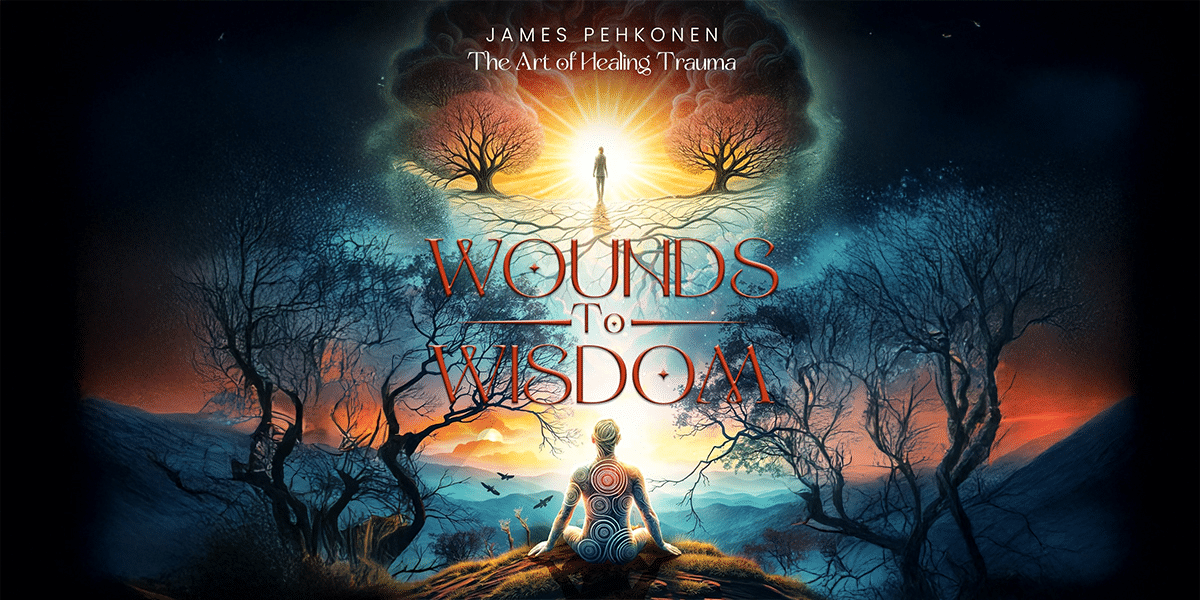By: Make Me Noteable
Trauma can be an unyielding force, holding its grip on our lives with invisible chains. It shapes how we see the world, react to situations, and manage our emotions. For many, the journey to recovery seems uncertain—like wandering a labyrinth without a map.
However, understanding the nature of trauma is the first step towards reclaiming your life. It involves recognizing that trauma isn’t just about the events that happened to you but also about how those events continue to affect your present-day feelings and reactions.
Strategies for Healing
Living in the moment is a significant aspect of this journey. Activities that center your thoughts and calm your mind, such as meditation, deep breathing, and yoga, can help reduce stress and anxiety, making you more present and connected to the here and now.
Another critical component is therapeutic engagement. Working with a therapist offers a safe space to delve into the depths of your trauma. This kind of professional guidance is essential in understanding and processing traumatic memories, enabling a healthier mental state.
Moreover, building a network of support can enhance your healing process. Connecting with others who have faced similar challenges through support groups and online communities provides a sense of belonging and shared understanding. Such connections are vital, as they offer support and validation, helping you not feel alone in your recovery journey.
Each of these elements contributes to a holistic approach to overcoming trauma, facilitating not just survival but a return to a life well-lived.
Creating a New Self-Image
One of the most profound challenges for those affected by trauma is overcoming the negative self-image that can form as a result of traumatic experiences. This is where rediscovery plays a crucial role. Rediscovery means looking beyond the victimhood and seeing yourself as a survivor. Activities that foster self-expression, such as art, writing, or dance, can be incredibly therapeutic. They allow you to express feelings that might be too difficult, helping to rebuild a more positive self-image.
The Role of Insightful Resources
While the path to recovery is personal, resources can provide guidance and insight illuminating the journey. Books like From Wounds to Wisdom — The Art of Healing Trauma by James Pehkonen offer invaluable perspectives on overcoming trauma and transforming this adversity into a source of personal strength. Pehkonen’s book is not just a recount of methods but a guide enriched with real-life applications that resonate with newcomers and those familiar with the struggle against trauma.
Conclusion
Starting the journey to overcome trauma is a brave choice. “From Wounds to Wisdom — The Art of Healing Trauma” by James Pehkonen can guide you along the way. This book offers more than just insights into trauma; it gives you the tools and direction to heal and find yourself again. Whether dealing with trauma or assisting others, this book can change your life. Take action now: buy the book and turn your pain into strength.
Transform pain into power with James Pehkonen’s Wounds to Wisdom: The Art of Healing Trauma, available on Amazon.
Disclaimer: This content is for informational purposes only and is not intended as medical advice, nor does it replace professional medical expertise or treatment. If you have any concerns or questions about your health, always consult with a physician or other healthcare professional.
Published by Elle G.














